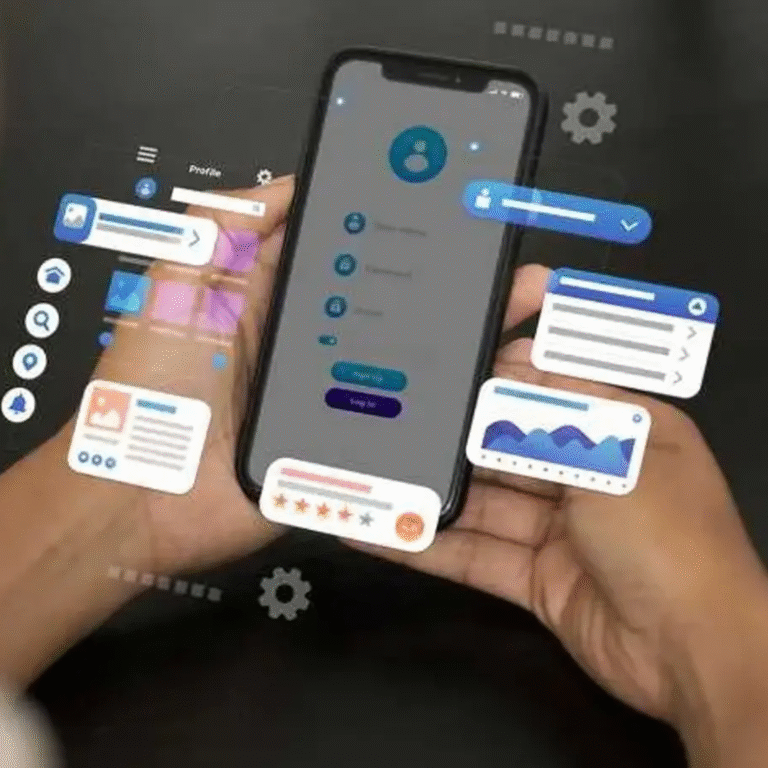In today’s digital-first world, your website is often the first interaction customers have with your brand. But what if your website isn’t accessible to everyone?
Website accessibility ensures that all users, including people with disabilities, can easily navigate, understand, and interact with your site. Beyond being a moral responsibility, accessibility is also a business advantage, improving SEO, boosting conversions, and protecting your brand legally.
Let’s explore why accessibility should be a top priority in website design in 2025 and how businesses can benefit.
What is Website Accessibility?
Website accessibility means designing and developing sites so that people with disabilities, including visual, auditory, motor, and cognitive impairments, can use them without barriers.
Standards like the Web Content Accessibility Guidelines (WCAG) and ADA compliance help businesses create inclusive, user-friendly experiences.
Why Accessibility Matters for Businesses
1. Reach a Wider Audience
Over 1 billion people worldwide live with some form of disability. By ignoring accessibility, businesses lose out on a massive audience and potential customers.
2. Boosts SEO Rankings
Search engines favor websites that are easy to navigate and well-structured. Features like alt text for images, proper headings, and descriptive links not only help users but also improve SEO performance.
3. Enhances User Experience (UX)
An accessible website is automatically more user-friendly for everyone. Features like voice search compatibility, high-contrast text, and mobile responsiveness enhance usability for all visitors.
4. Legal Compliance and Risk Avoidance
In many countries, including the US, UK, and EU, websites must meet accessibility standards. Non-compliance can result in lawsuits and penalties.
5. Builds Brand Trust and Loyalty
Today’s customers value businesses that are inclusive and socially responsible. By prioritizing accessibility, you show that your brand cares about every customer.
Best Practices for Accessible Website Design
- Use alt text for all images and media
- Ensure keyboard navigation works seamlessly
- Maintain color contrast for text and backgrounds
- Add captions and transcripts for videos
- Use clear headings and labels
- Design responsive layouts for mobile devices
- Support voice search and screen readers
How Accessibility Impacts Conversions
Accessibility is not just about compliance, it’s about growth. A more inclusive site:
- Increases time spent on site
- Reduces bounce rates
- Builds positive brand reputation
- Converts visitors into loyal customers
For example, when major companies like Domino’s Pizza and Nike improved accessibility, they saw significant boosts in both traffic and customer engagement.
Future of Accessibility in Website Design (2025 and Beyond)
As technology evolves, accessibility is becoming a core SEO and UX factor. With AI-driven personalization, voice-enabled navigation, and AR/VR experiences, accessibility will define how competitive a website is in the coming years.
Businesses that embrace accessibility today will be the ones leading tomorrow.
Conclusion
Accessibility is no longer optional, it’s essential. A truly modern website isn’t just beautiful and fast; it’s inclusive, user-friendly, and compliant.
At Woadsai, we specialize in creating accessible, conversion-driven websites that not only meet global standards but also boost your brand reputation, SEO performance, and sales.
Ready to make your website accessible and SEO-friendly? Let Woadsai design it for you.
Contact us today!




